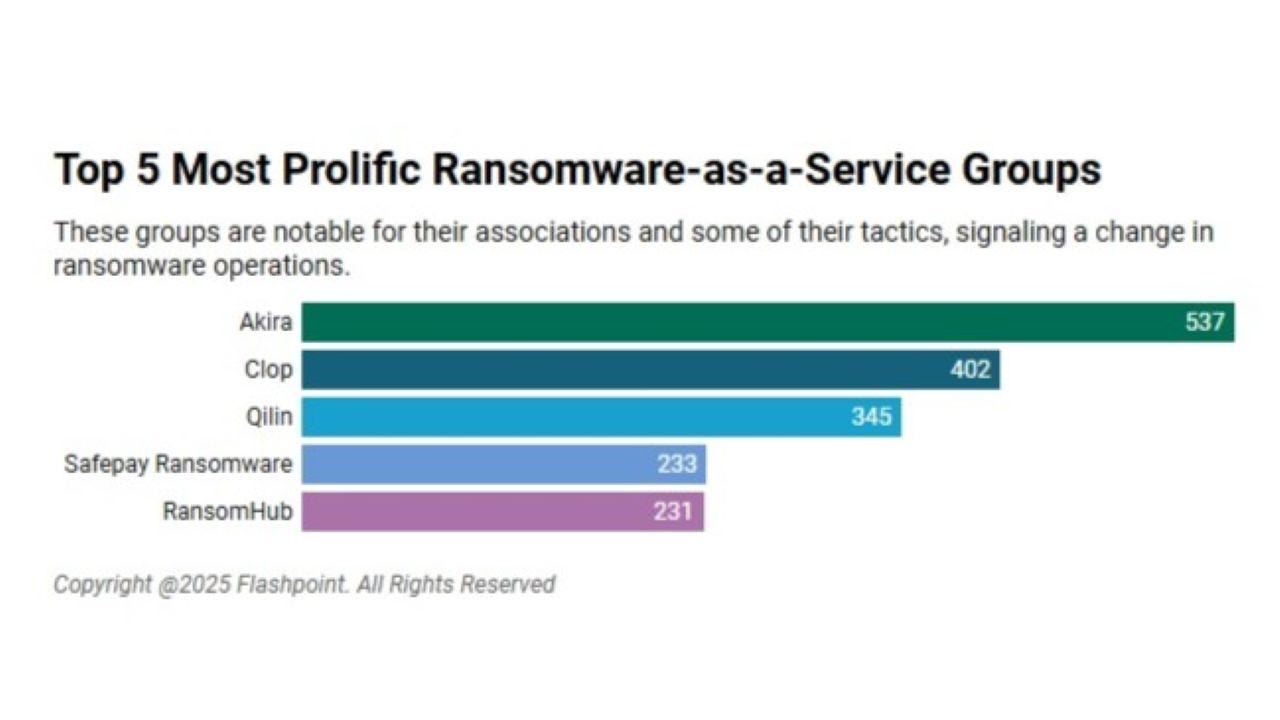One of the most sophisticated supply chain attacks to date caused immense amounts of data to leak to the Web in a matter of hours. […]
Akira, Cl0p Top List of 5 Most Active Ransomware-as-a-Service Groups
Flashpoint published its 2025 midyear ransomware report that highlighted the top five most prolific groups currently in operation. The original article found on darkreading Read […]
2025 CSO Hall of Fame: George Finney on decryption risks, AI, and the CISO’s growing clout
With more than 20 years of experience at startups, nonprofits, and large universities, George Finney has built a reputation for seeing both the big picture […]
How Gainesville Regional Utilities is locking down vendor risk
Gainesville Regional Utilities (GRU) isn’t just a utilities provider—it’s the communications backbone for the community. In addition to delivering electricity and water, GRU operates fiber-optic […]
Hackers Steal 4M+ TransUnion Customers’ Data
The credit reporting agency said the breach was “limited to specific data elements” and didn’t include credit reports or core credit information. The original article […]
CrowdStrike buys Onum in agentic SOC push
CrowdStrike has announced the purchase of Spanish data intelligence company Onum, which specializes in real-time telemetry pipeline management. According to Fortune, the deal is valued […]
Researchers Find VS Code Flaw Allowing Attackers to Republish Deleted Extensions Under Same Names
Cybersecurity researchers have discovered a loophole in the Visual Studio Code Marketplace that allows threat actors to reuse names of previously removed extensions. Software supply […]
Dark Reading Confidential: A Guided Tour of Today’s Dark Web
Dark Reading Confidential Episode 9: Join us for a look around today’s Dark Web, and find out how law enforcement, AI, nation-state activities, and more […]
Affiliates Flock to ‘Soulless’ Scam Gambling Machine
Last month, KrebsOnSecurity tracked the sudden emergence of hundreds of polished online gaming and wagering websites that lure people with free credits and eventually abscond […]
How SafeLine WAF Turns Hackers’ Scanners into Trash
When web application protection is no longer a million-dollar luxury, and when every developer can build their own security perimeter with just a few clicks—that […]









